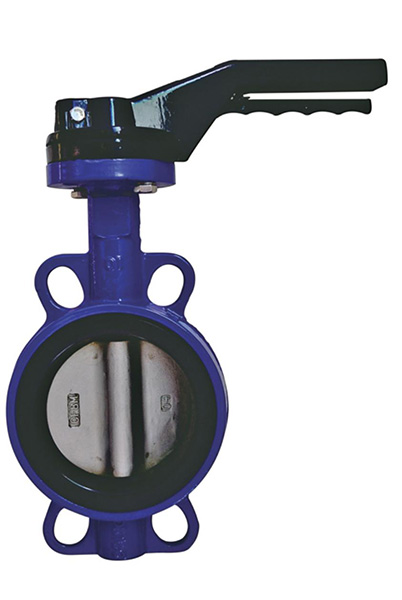Dec . 11, 2024 00:51 Back to list
Durable Stainless Steel Butterfly Valve for Reliable Flow Control Solutions
The Stainless Steel Butterfly Valve An Essential Component in Modern Industries
In the realm of fluid control, the butterfly valve stands out as a pivotal component, particularly when crafted from stainless steel. This type of valve has become increasingly important in various industrial applications due to its durability, efficiency, and versatility. Understanding the advantages of stainless steel butterfly valves is essential for anyone involved in industries like oil and gas, water treatment, food processing, and HVAC systems.
What is a Butterfly Valve?
A butterfly valve is a quarter-turn valve that uses a rotating disk to control the flow of fluid. The disk, or butterfly, is positioned in the center of the pipe, and its rotation either allows or blocks flow, depending on its angle. The simplicity of the design makes butterfly valves easy to operate and maintain, which is crucial in high-demand environments.
The Advantages of Stainless Steel Butterfly Valves
1. Corrosion Resistance One of the primary benefits of stainless steel is its resistance to corrosion. This characteristic makes stainless steel butterfly valves ideal for applications involving harsh chemicals, high humidity, or extreme temperatures. Industries such as wastewater management and food processing, where sanitary conditions and resistance to aggressive substances are required, greatly benefit from stainless steel.
2. Durability Stainless steel is known for its strength and durability. A stainless steel butterfly valve can withstand high pressures and temperatures, prolonging its lifespan compared to valves made from other materials. This durability contributes to reduced maintenance costs and fewer replacements, which is especially important in industrial settings where downtime can result in significant financial losses.
stainless steel butterfly valve

3. Lightweight Design Despite their strength, stainless steel butterfly valves are relatively lightweight compared to other valve types, such as gate or globe valves. This attributes to easier installation and lower structural load requirements on piping systems. Their lightweight nature allows for cost savings in terms of transportation and installation.
4. Versatility Stainless steel butterfly valves are versatile and can be used in various applications. They can effectively manage the flow of liquids, gases, and even slurries, making them a preferred choice in diverse sectors. Additionally, they are available in different designs and configurations, including wafer, lug, and gear-operated types, allowing for easy integration into existing piping systems.
5. Space Efficiency Butterfly valves require less space than traditional valve types, making them an excellent choice for installations where space is limited. Their compact design ensures they can fit into tight areas without compromising performance.
Applications
Stainless steel butterfly valves find applications in numerous industries. In the oil and gas sector, they regulate the flow of crude oil and natural gas, effectively managing pressures and ensuring safe operations. In the food processing industry, where hygienic standards are paramount, these valves provide reliability and cleanliness due to their non-reactive surfaces. Moreover, in water treatment facilities, stainless steel butterfly valves help control water flow during purification processes, vital for producing safe drinking water.
Conclusion
In conclusion, stainless steel butterfly valves play a crucial role in ensuring efficient fluid control across many industries. Their excellent corrosion resistance, durability, lightweight design, versatility, and space efficiency make them an invaluable component in modern industrial applications. As industries continue to evolve and face new challenges, the demand for reliable and efficient fluid control solutions will only increase, solidifying the position of stainless steel butterfly valves as indispensable tools in technology and engineering. For those looking to enhance their operations, the intelligent choice is to consider the integration of stainless steel butterfly valves into their systems, ensuring longevity, reliability, and efficiency in fluid management.
Share